Busy doesn’t always mean chaotic. Some of the world’s most active destinations possess an almost magical ability to absorb crowds without sacrificing their essential tranquility. These places hum with activity yet somehow maintain an inner peace that visitors absorb like mental vitamins.
The secret isn’t avoiding people—it’s about finding places where energy flows naturally rather than creating stress. Here are 18 destinations that prove busyness and serenity aren’t mutually exclusive.
Kyoto, Japan

Temple-hopping in Kyoto should be a nightmare of elbowing through tour groups, yet somehow it feels meditative. The city’s ancient designers built in natural crowd control—pathways that flow like water, gardens that absorb people like sponges.
Even when Kinkaku-ji’s golden pavilion draws hundreds of photographers, the surrounding forest creates psychological buffer zones. Traditional architecture works with human nature rather than against it.
Central Park, New York City
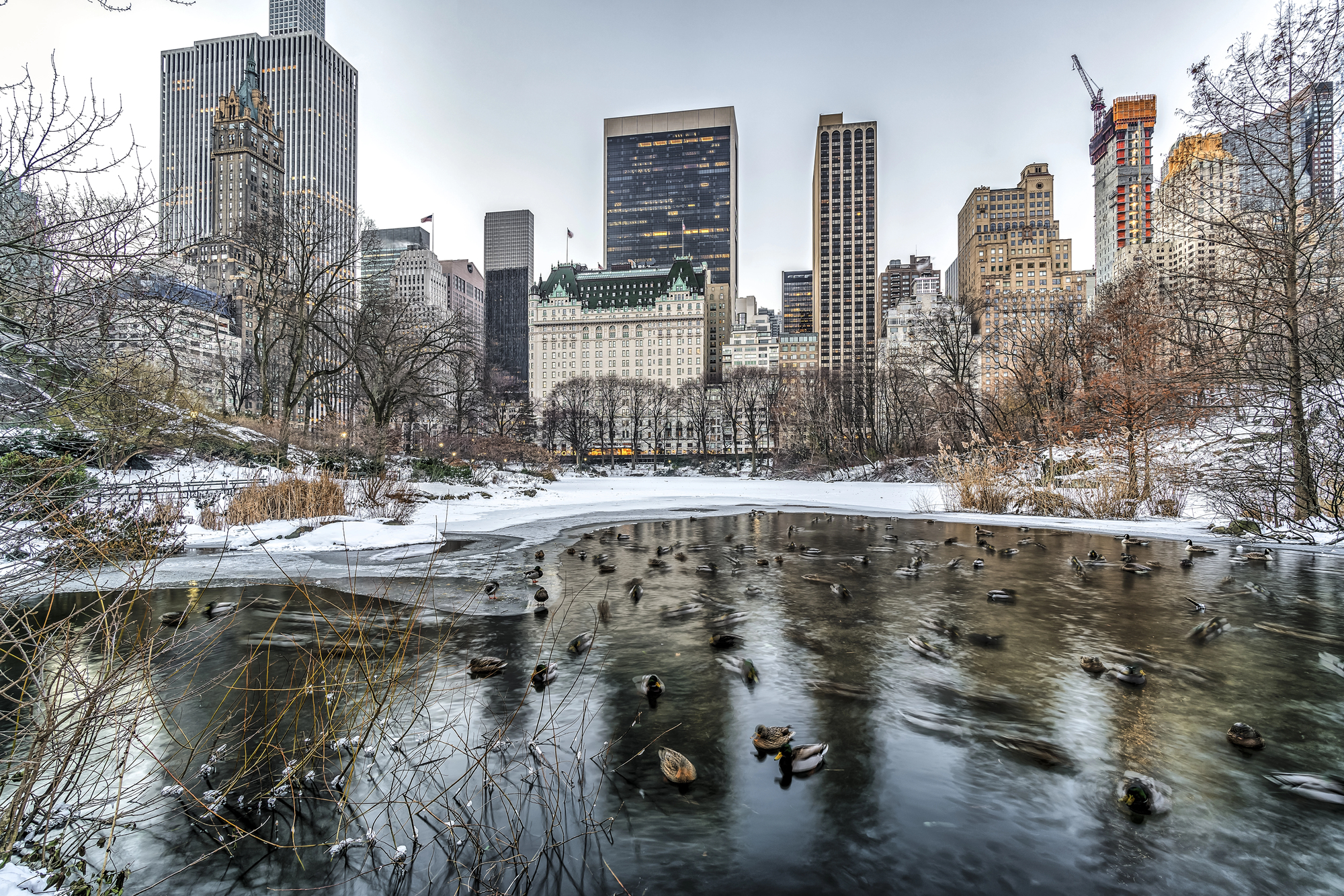
Manhattan’s green lung handles eight million residents plus tourists without breaking a sweat. The original designers—Olmsted and Vaux—understood something that modern planners often miss: people need space to spread out naturally.
Wide meadows, winding paths, and hidden alcoves work together like a pressure release valve. You can lose yourself completely just a fifty yards from the chaos.
Prague Old Town Square
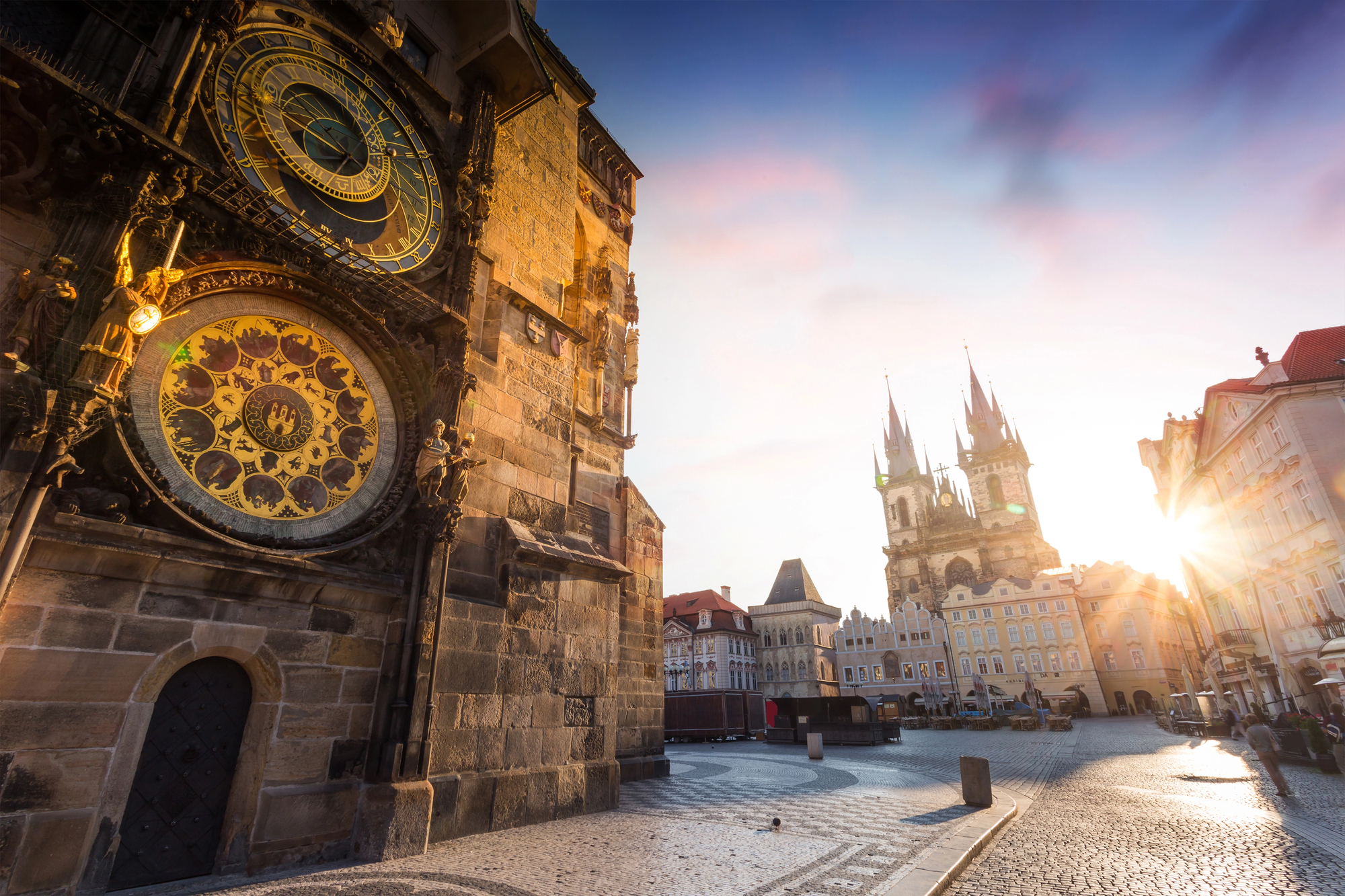
This medieval square sees more selfie sticks than a pop concert, but the Gothic spires and Baroque facades create such visual harmony that crowds become part of the performance. Every hour brings astronomical clock watchers, though smart visitors discover that backing away just a bit transforms the mob scene into theater.
The proportions feel so right that even packed shoulder-to-shoulder, it doesn’t feel claustrophobic.
Like Travel Pug’s content? Follow us on MSN.
Stanley Park, Vancouver
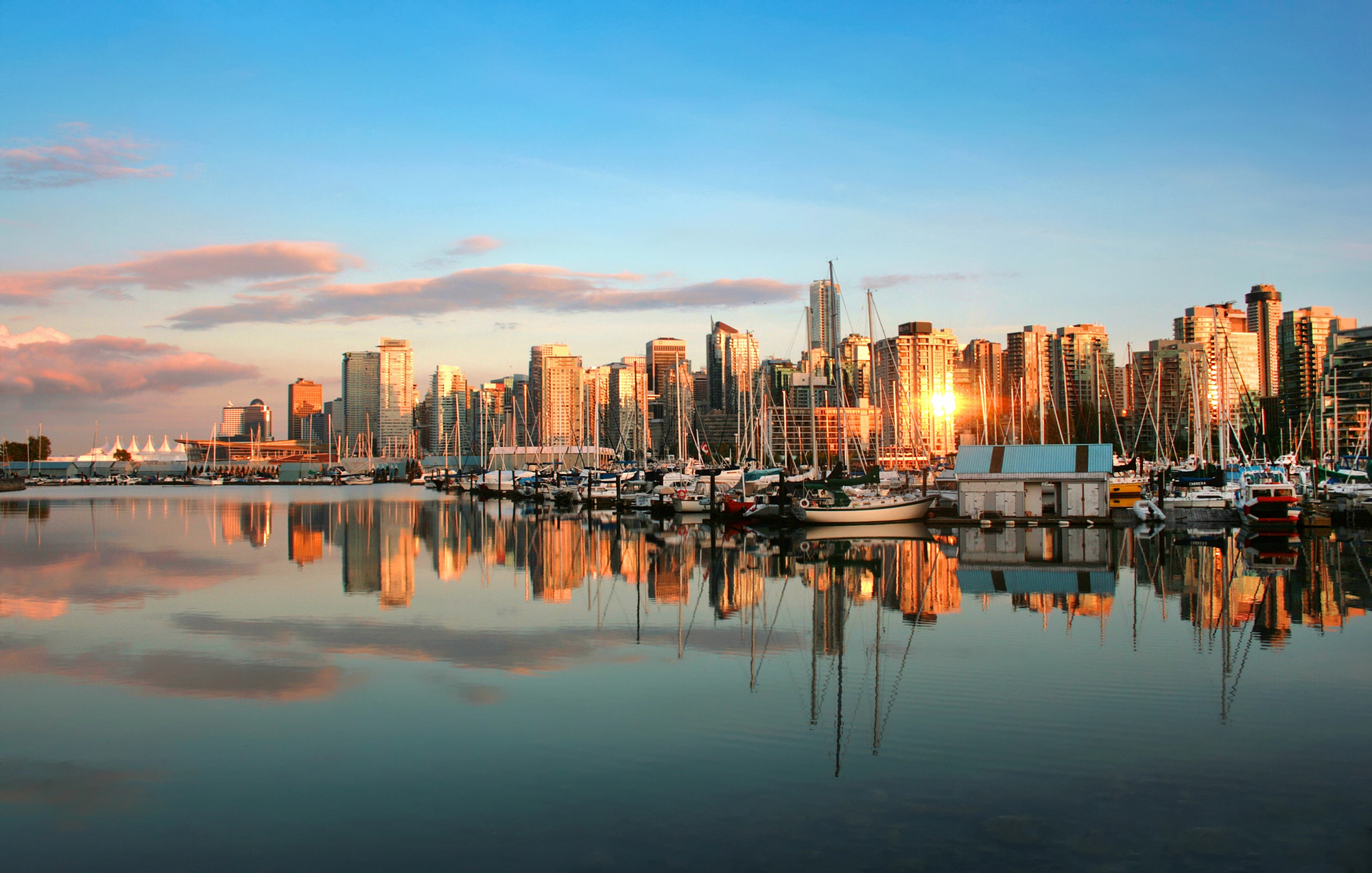
A thousand acres of temperate rainforest smack in the middle of a major city sounds impossible, yet Stanley Park makes it look effortless. The seawall attracts joggers, cyclists, dog walkers, and tourists—often simultaneously—without anyone feeling crowded.
Ancient trees dwarf human concerns, while ocean views put everything in perspective. Nature’s scale makes crowds feel appropriately tiny.
The High Line, New York City
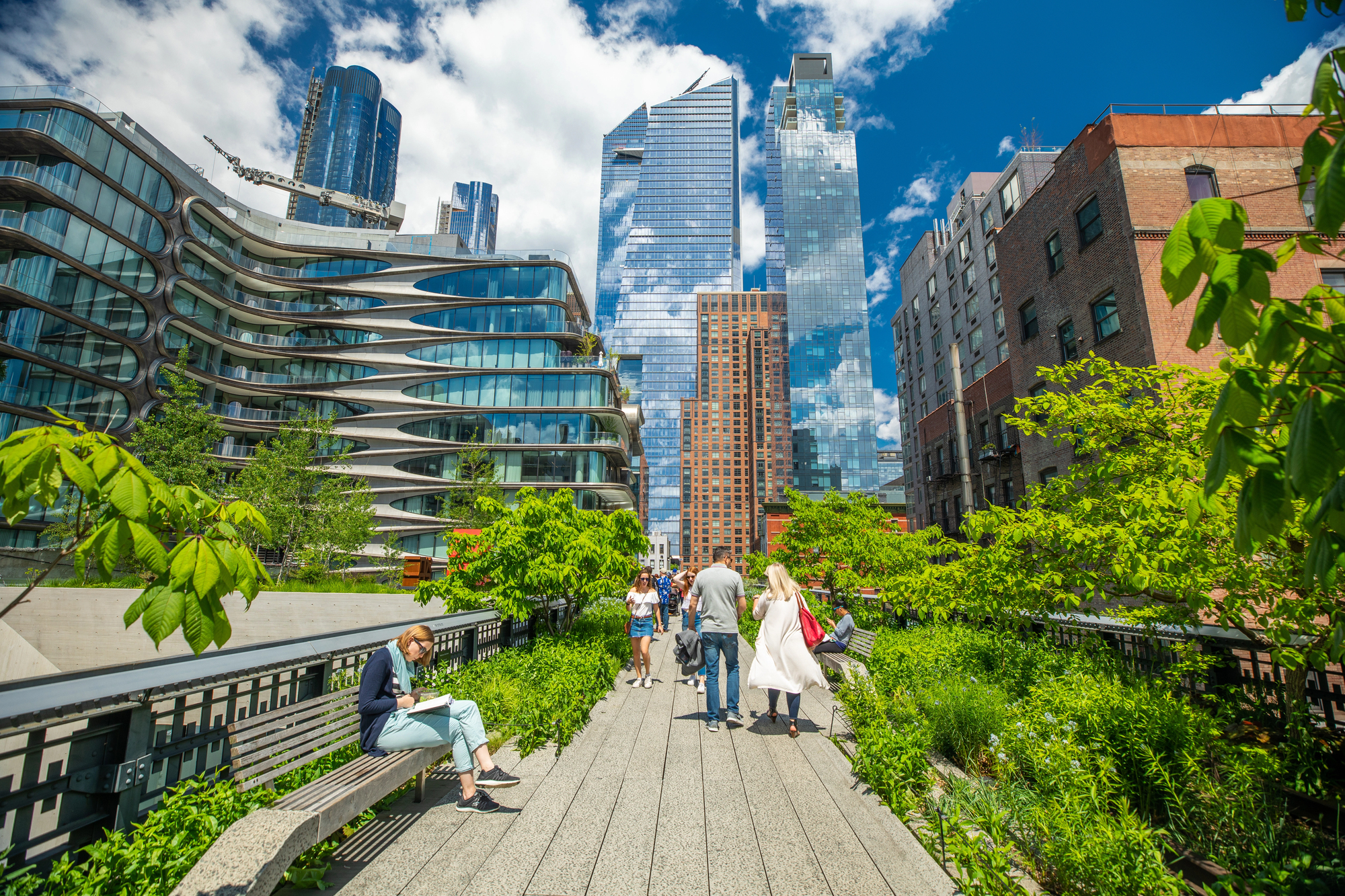
An abandoned railway line converted into a walking park should be a traffic jam in the sky, but elevated design creates unexpected serenity. Moving crowds become part of the landscape rather than obstacles to navigate around.
Hudson River views pull attention outward, while clever plantings provide psychological breathing room. Sometimes, the journey really is more important than the destination.
Millennium Park, Chicago
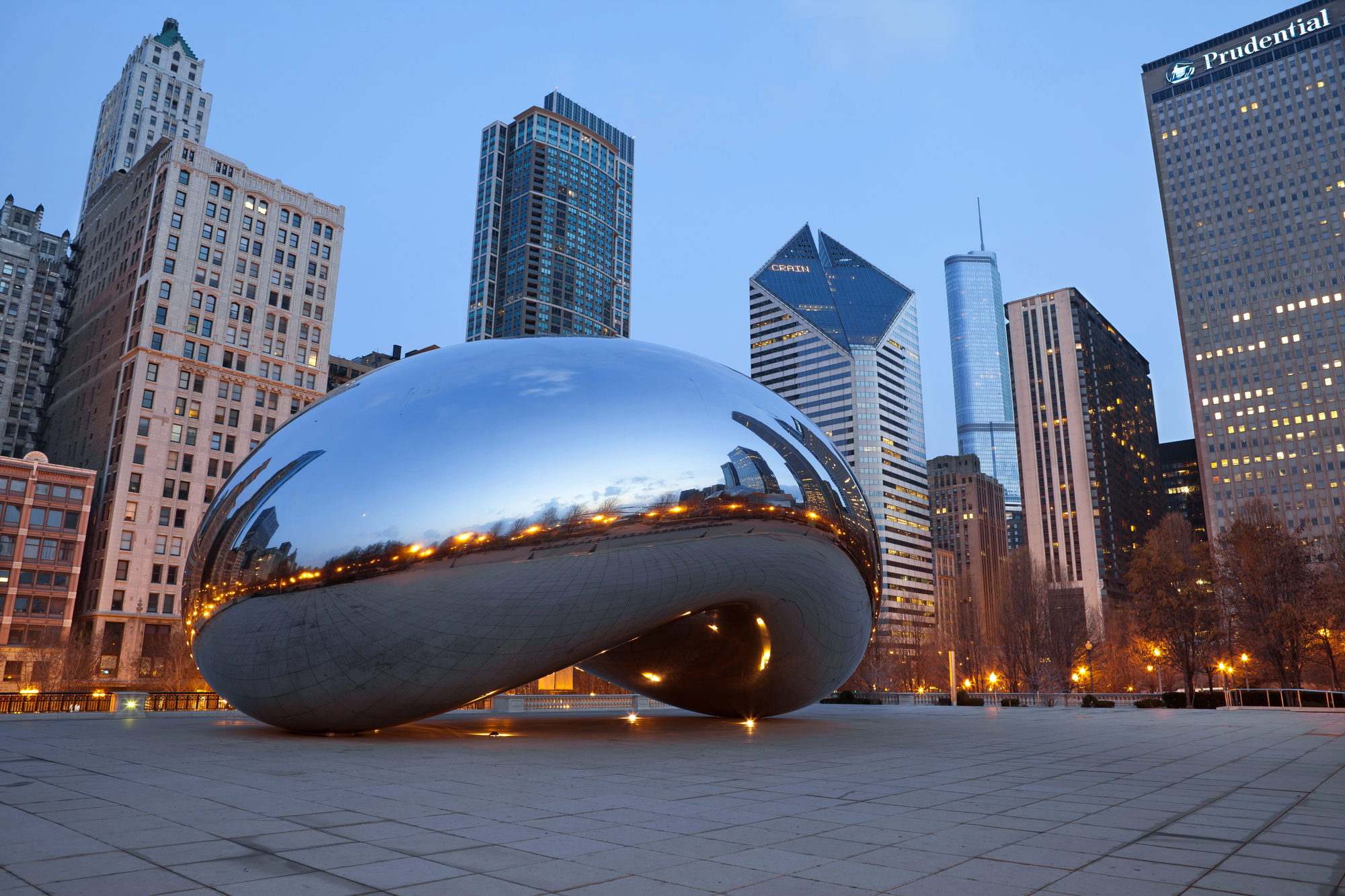
Cloud Gate draws selfie-seekers like moths to a flame, though Crown Fountain’s kids and Lurie Garden’s hidden paths prove the park has layers worth exploring. Different zones serve different energy levels—active spaces for socializing and quiet corners for contemplation.
Water features mask traffic noise, while public art gives crowds something to focus on besides each other.
Like Travel Pug’s content? Follow us on MSN.
Charles Bridge, Prague
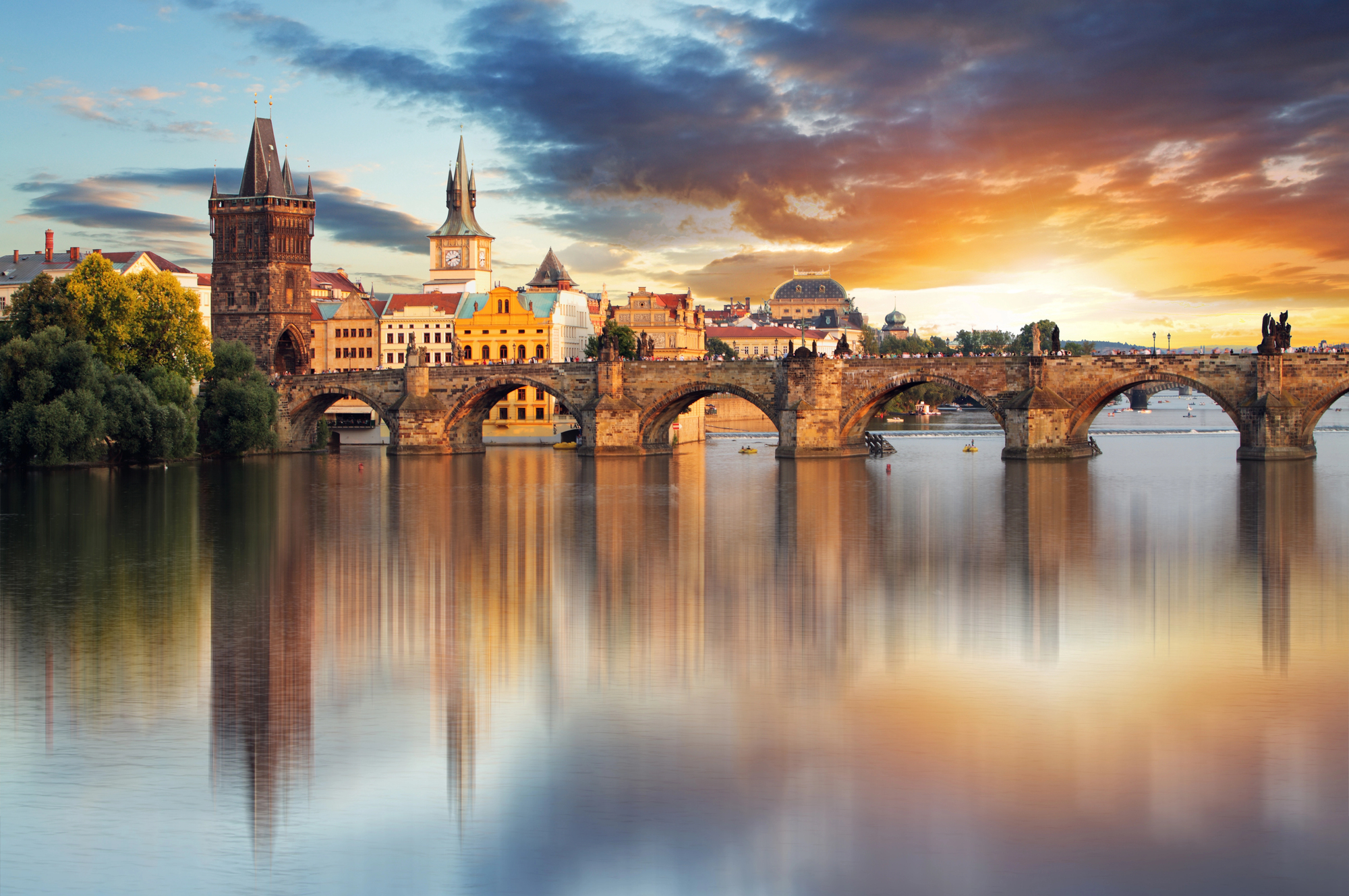
Six hundred years of foot traffic should have worn this bridge down to cobblestones, yet it feels eternal rather than fragile. Musicians and artists add ambiance instead of distraction—their performances become the soundtrack to the experience.
River flowing beneath, castle looming above; human activity shrinks to its proper proportions when surrounded by such permanence.
Boston Common

America’s oldest public park has seen everything from witch trials to freedom rallies, so today’s lunch crowds barely register as excitement. The space handles chaos with New England practicality—wide paths for flow, open areas for gathering, and quiet corners for escape.
Swan boats still paddle the lagoon while businesspeople eat sandwiches on benches their ancestors probably used.
Golden Gate Park, San Francisco
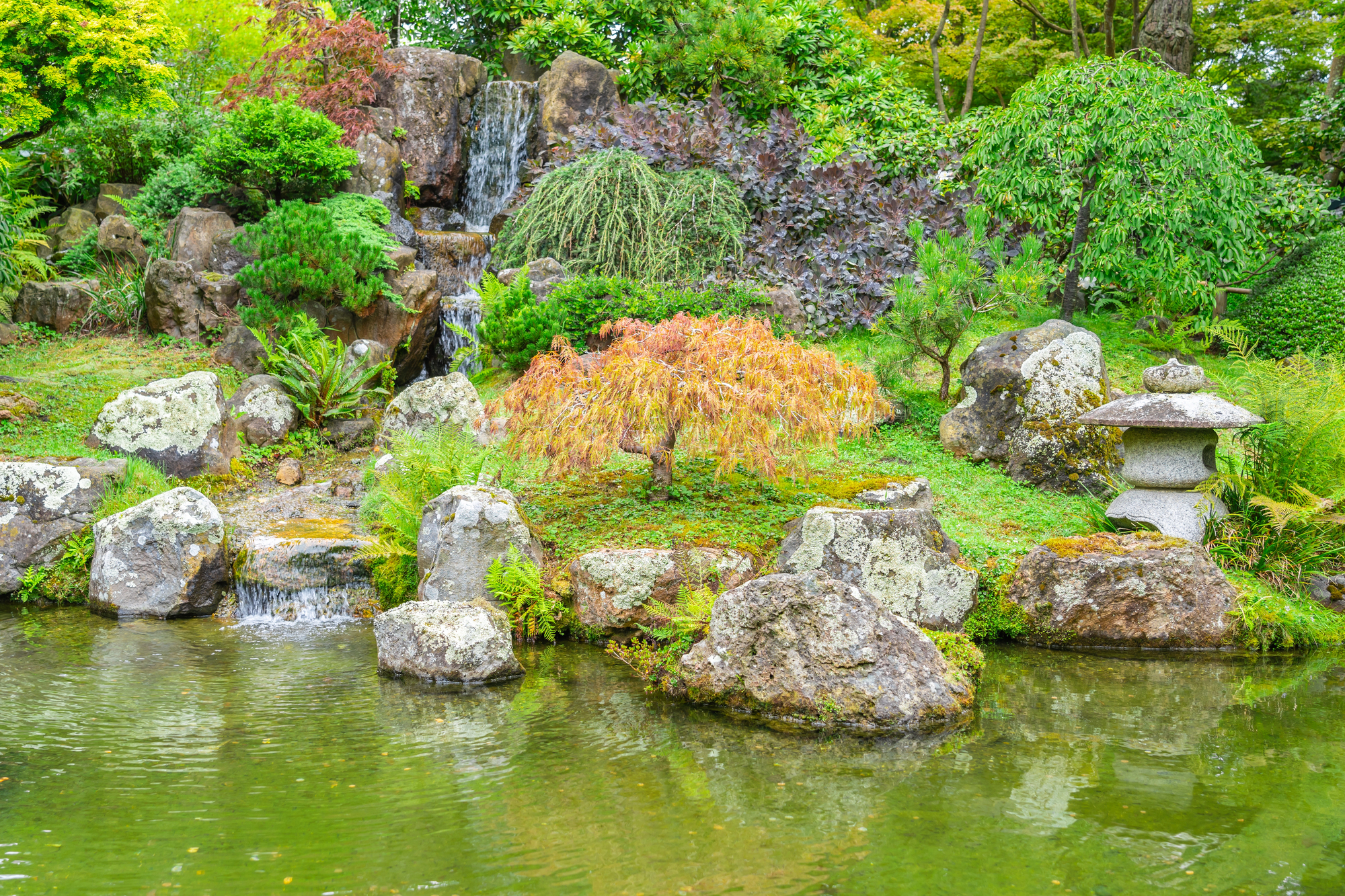
This massive park could swallow half of San Francisco’s weekend warriors without burping. Museums, gardens, lakes, and meadows spread visitors across carefully planned zones while ocean proximity adds those mood-boosting negative ions that science says actually work.
The Pacific’s influence reaches inland here—everything feels more mellow than it should.
Like Travel Pug’s content? Follow us on MSN.
Tivoli Gardens, Copenhagen
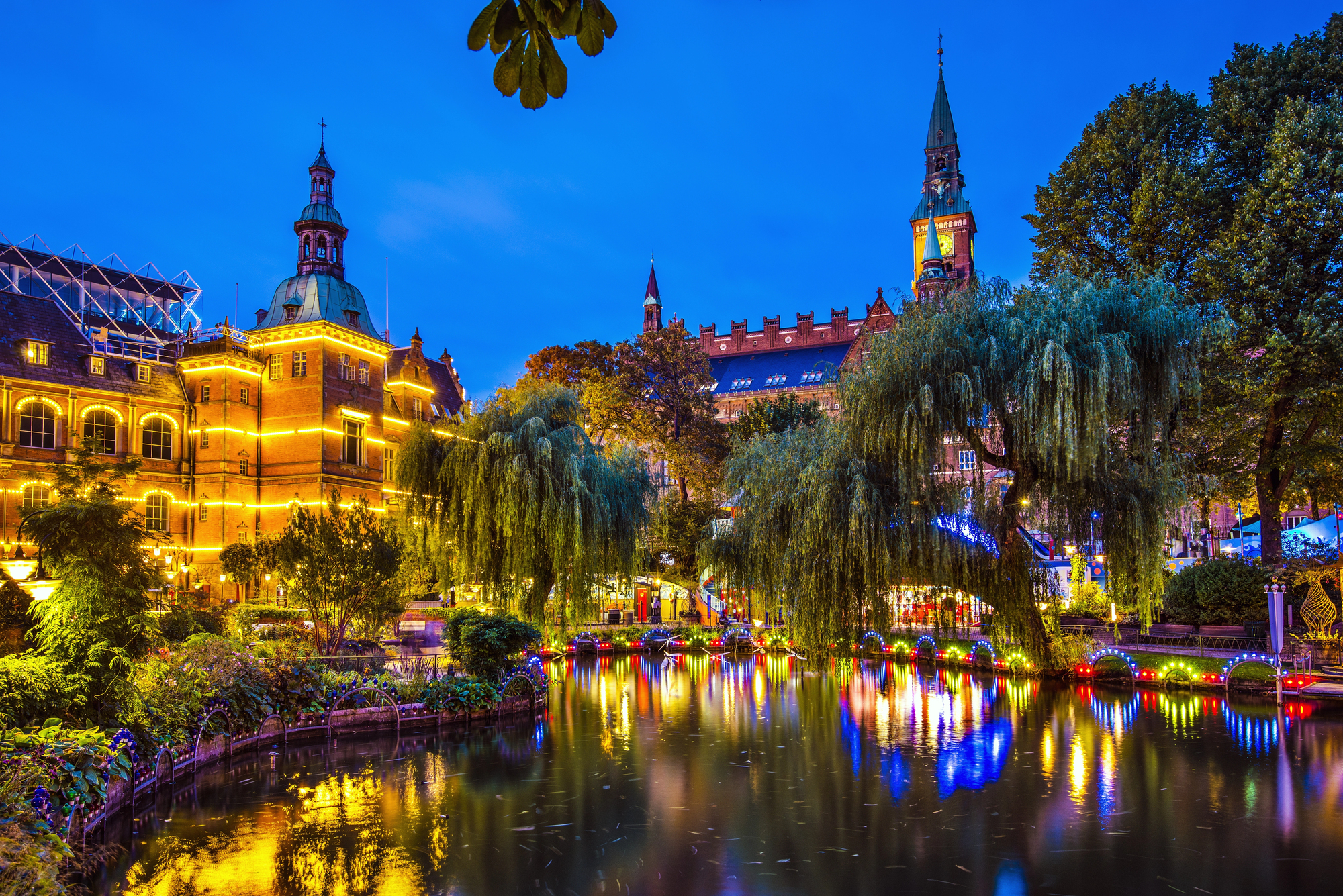
An amusement park from 1843 that still feels more garden party than a tourist trap manages crowds with Danish civility. Fairy lights soften edges, while ‘hygge’ culture keeps everyone’s energy dialed to pleasant rather than frantic.
Even the roller coasters feel polite—this isn’t Six Flags, it’s something more refined.
Hyde Park, London
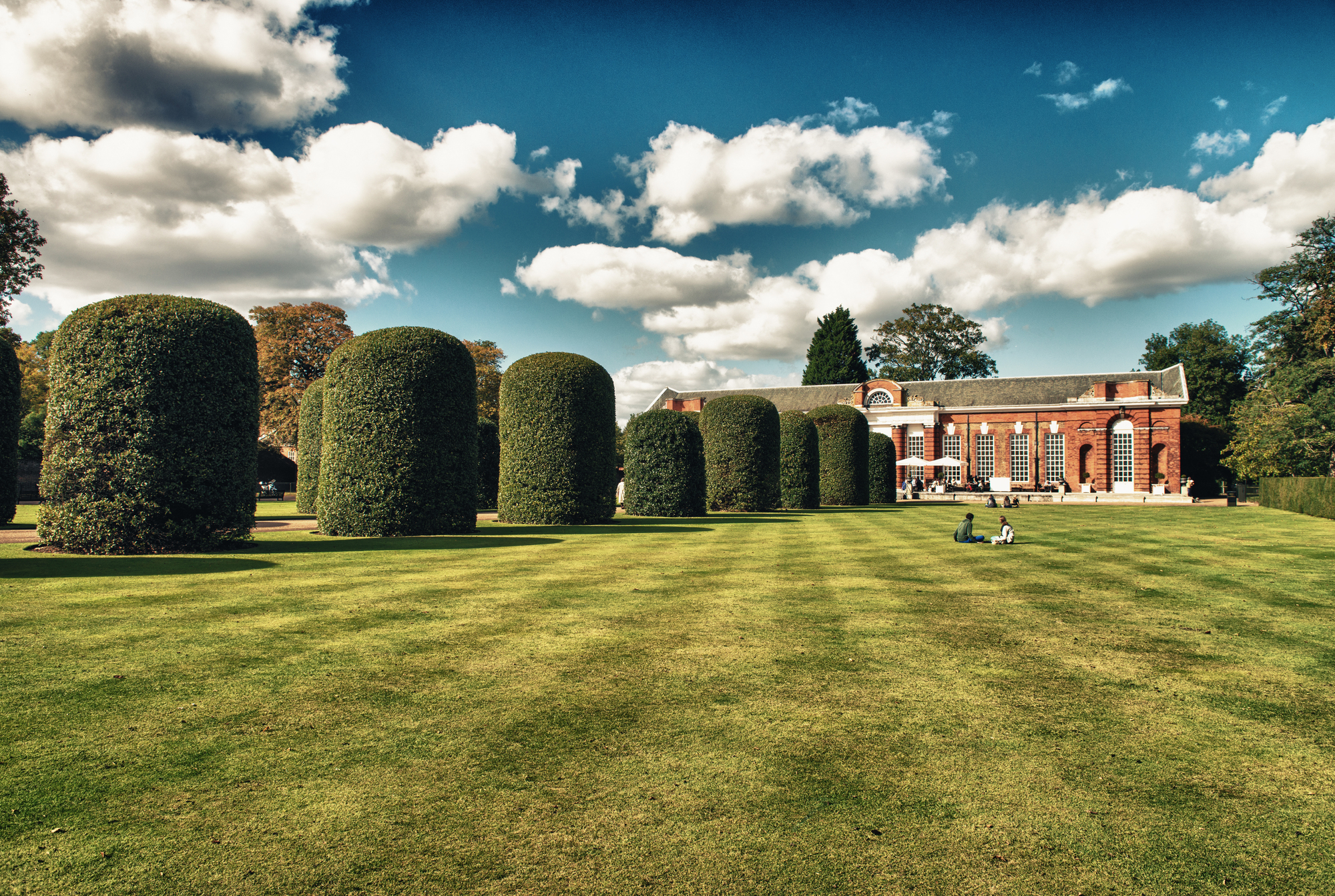
Royal parks benefit from centuries of crowd management experience. Hyde Park balances manicured gardens with wild spaces, giving everyone room to breathe according to their preferences.
Speakers’ Corner bubbles with debate, while the Serpentine offers peaceful boat rides. British reserve helps—even revolution stays orderly here.
Washington Square Park, New York City

Greenwich Village’s Bohemian spirit infects this park so thoroughly that even chess hustlers seem mellow. NYU students treat it like their campus quad, while street performers provide entertainment that feels spontaneous rather than aggressive.
The arch organizes visual chaos while fountain sounds create white noise that makes conversations feel private, even in public.
Like Travel Pug’s content? Follow us on MSN.
Retiro Park, Madrid
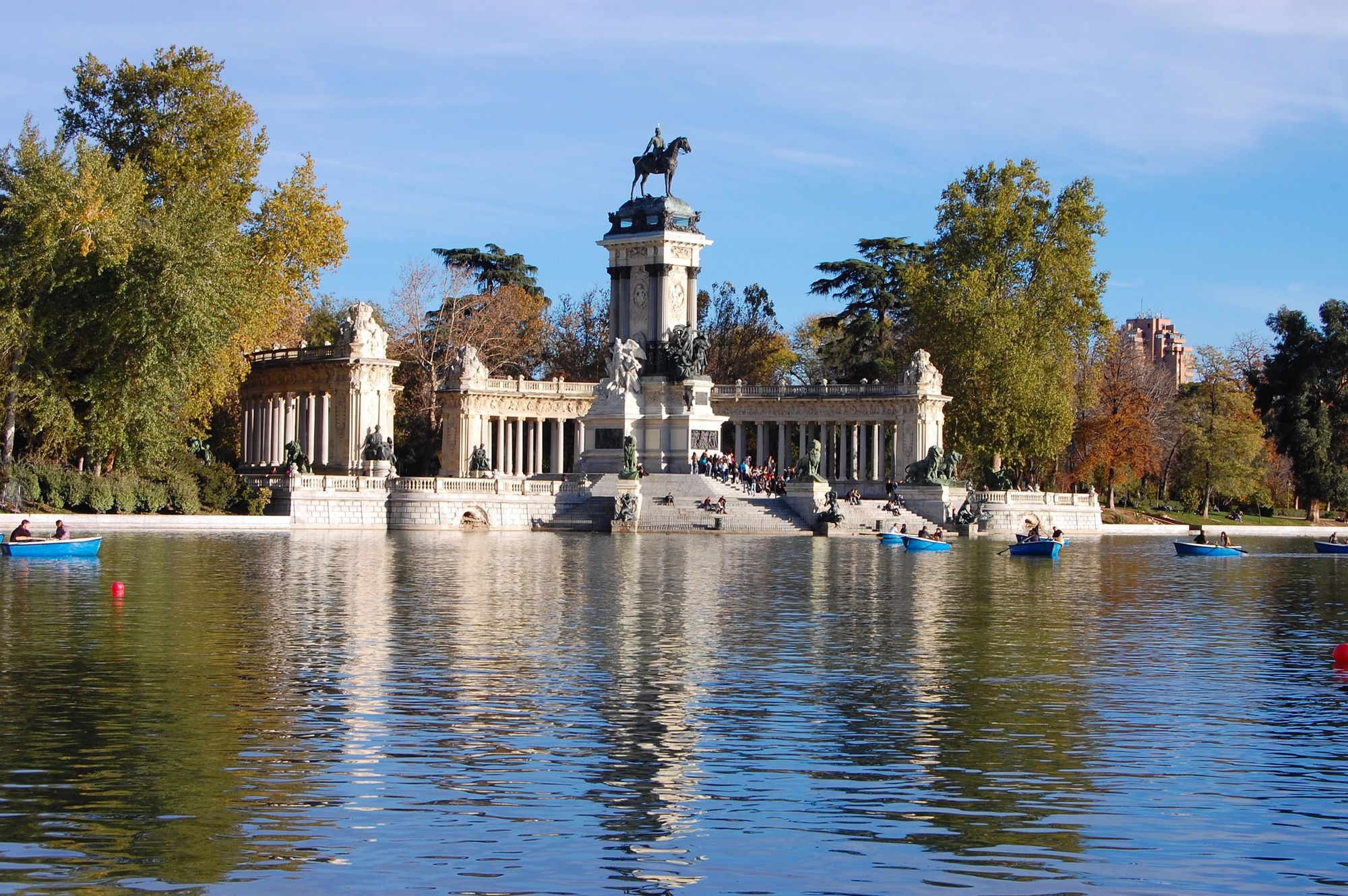
Madrileños understand park culture in ways that put other cities to shame. Families spread blankets for multi-generational picnics while couples find benches perfect for people-watching.
The Crystal Palace draws photographers, but hidden gardens throughout the park offer solitude for those who seek it. The Spanish lifestyle wins again.
Ueno Park, Tokyo
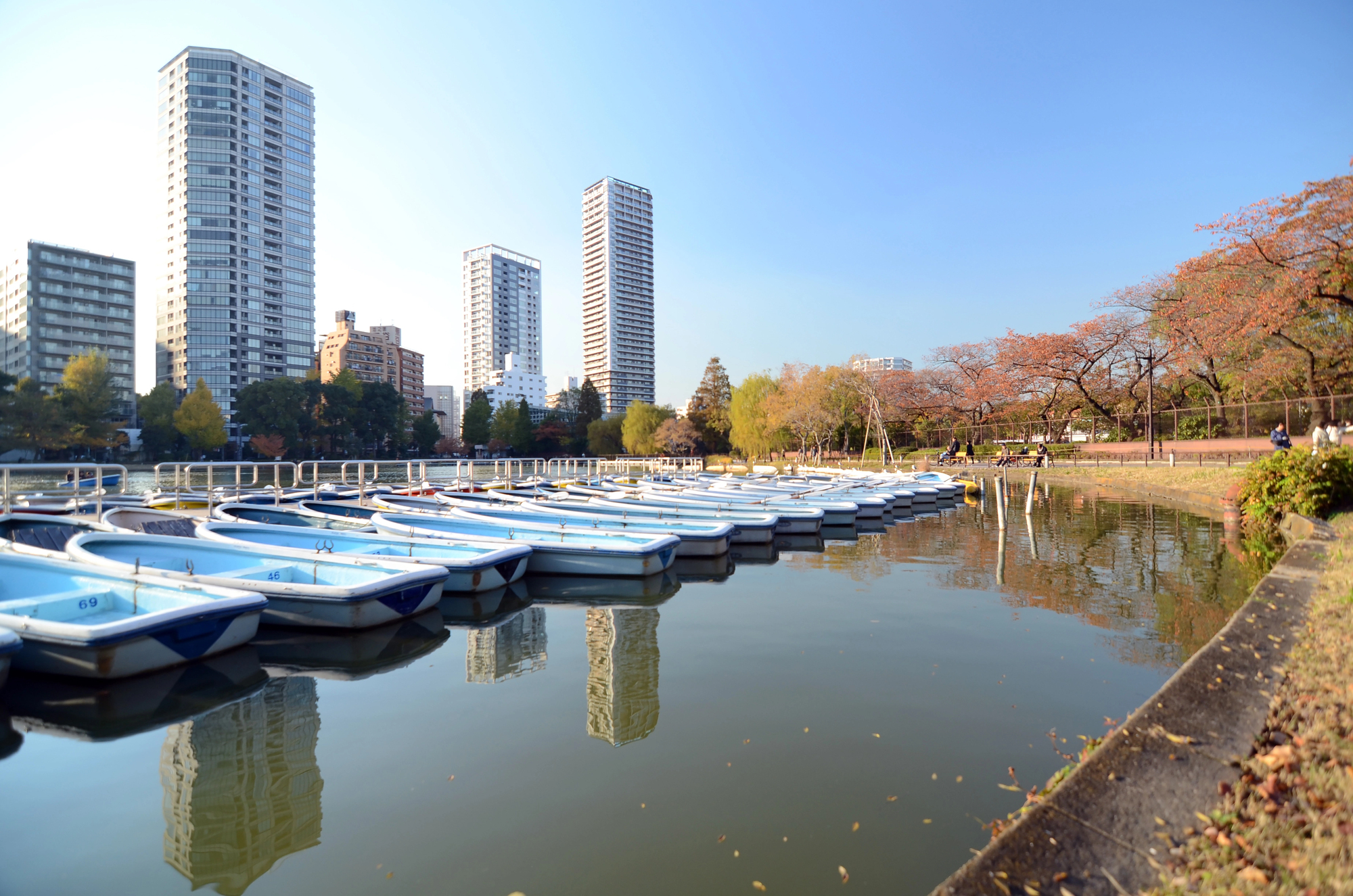
Cherry blossom season should turn this place into a nightmare, yet Japanese park etiquette maintains harmony even during peak hanami madness. Multiple museums distribute crowds across different interests, while temples throughout remind everyone that some places deserve respectful behavior.
Cultural programming works better than any crowd control.
Battery Park, New York City
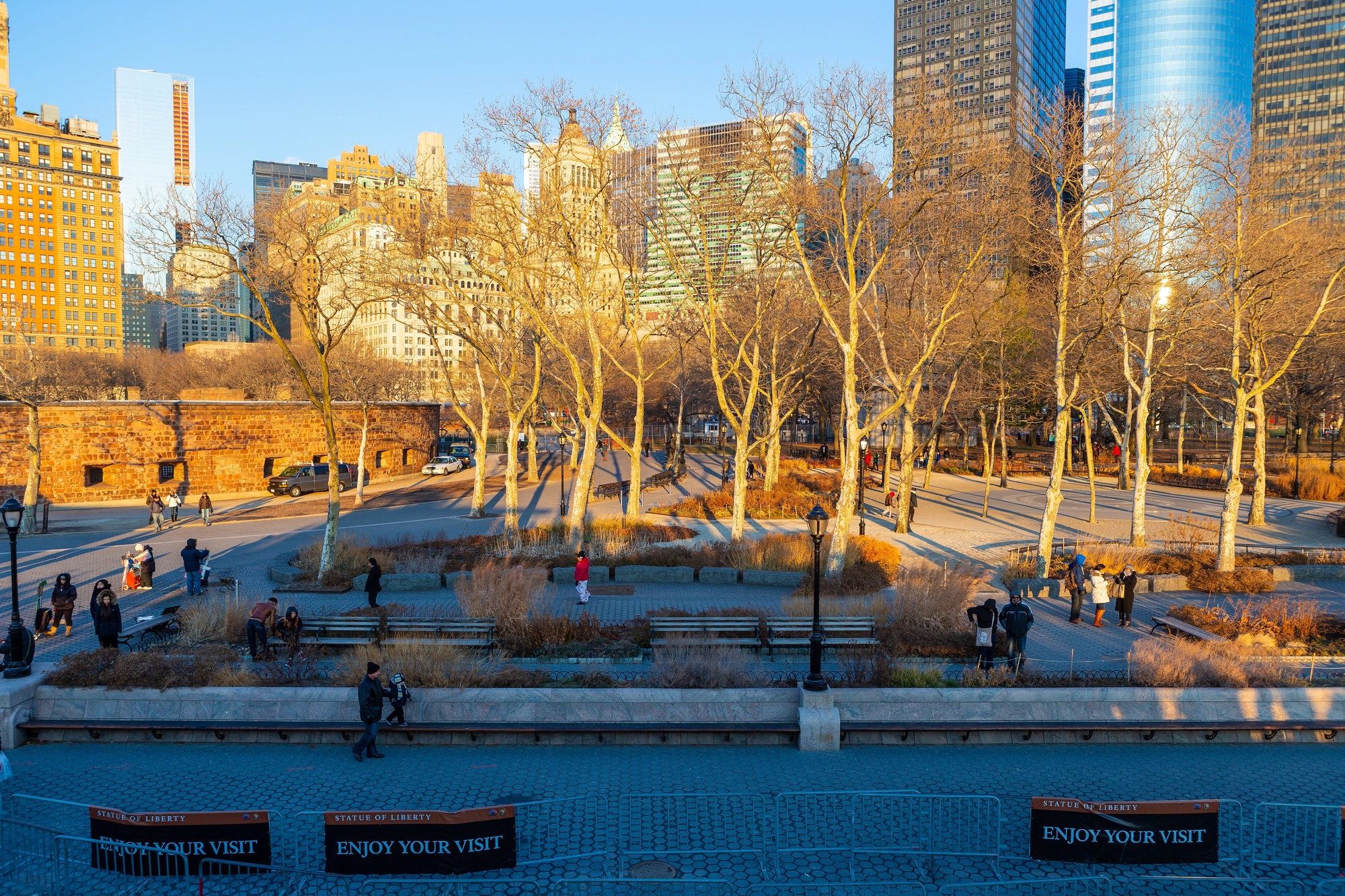
Manhattan’s southern tip hosts Statue of Liberty tourists, Wall Street workers, and harbor enthusiasts without anyone feeling overwhelmed. Waterfront psychology works wonders—something about boats and horizons calms the mind automatically.
Castle Clinton’s stone walls provide psychological shelter while sea breezes carry away urban stress.
Like Travel Pug’s content? Follow us on MSN.
Phoenix Park, Dublin
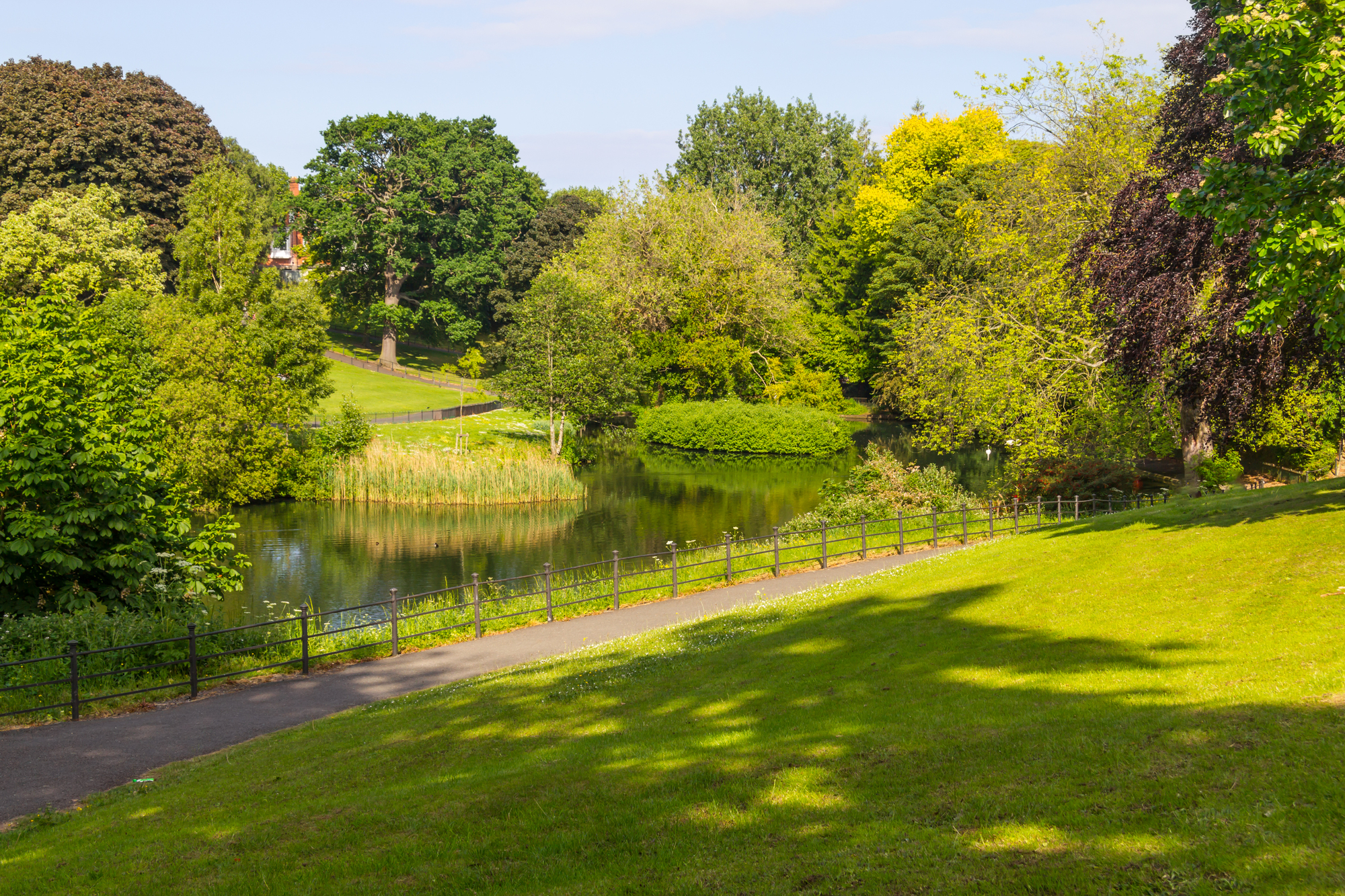
One of Europe’s largest enclosed parks has room for everyone—literally. Presidential residences share space with polo fields and hundreds of wild deer roam freely among casual visitors.
The Irish approach to public space emphasizes relaxation over recreation. The Dublin Mountains visible in the distance remind you that cities are temporary while landscapes are forever.
Princes Street Gardens, Edinburgh
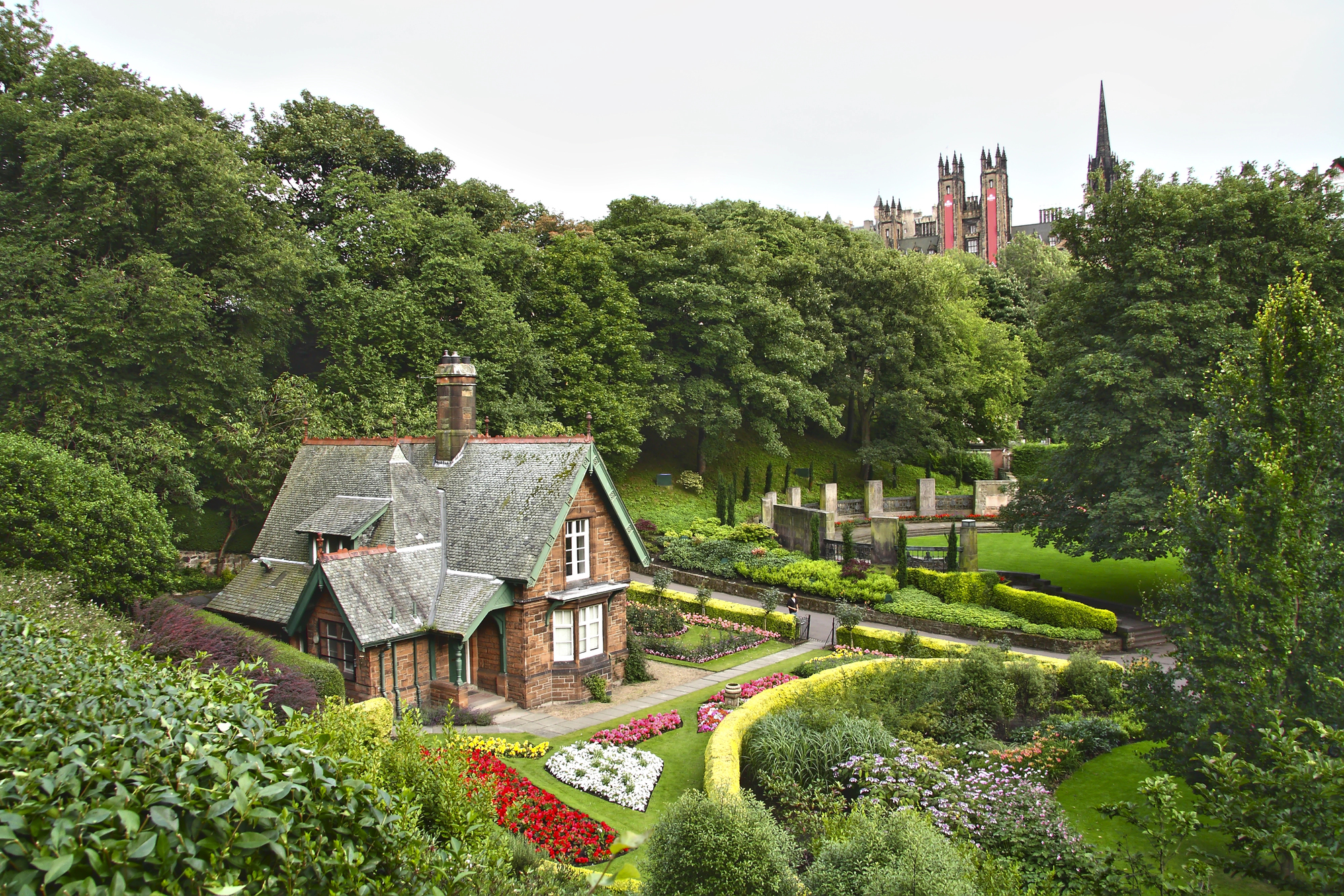
Nestled between Edinburgh Castle and Princes Street shopping, these gardens absorb tourist overflow without losing their essential character. The railway cutting creates natural sound barriers while Scottish sensibility keeps things civilized.
Festival season transforms potential chaos into a celebration rather than an endurance test.
Luxembourg Gardens, Paris
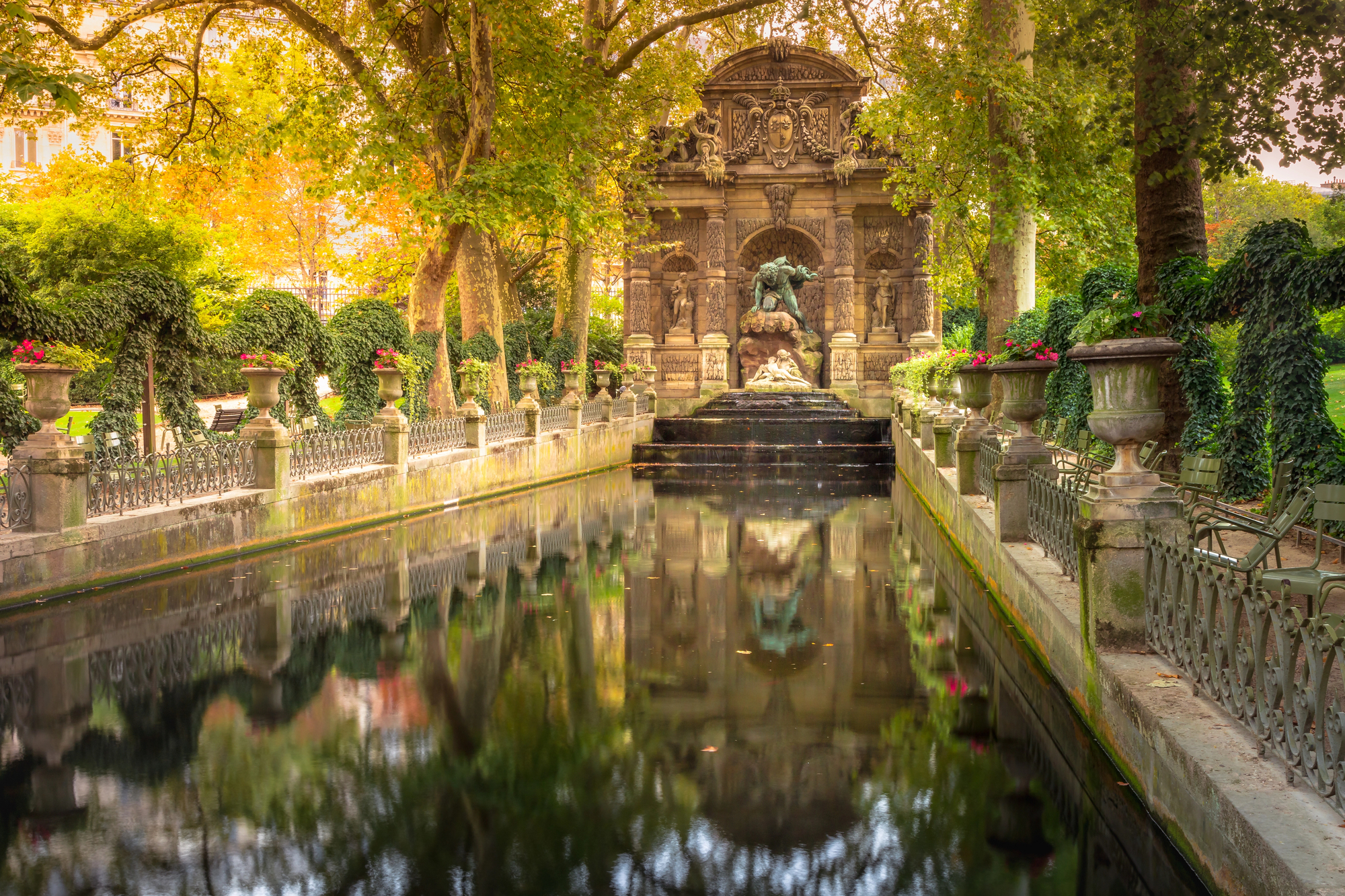
Parisians have perfected the art of civilized crowding in these formal gardens. Designated areas for specific activities prevent conflicts, while the palace backdrop creates an order that extends to human behavior.
Children’s sailboats on the octagonal pond, chess games under plane trees, reading chairs facing flower beds—everything has its proper place and purpose.
Like Travel Pug’s content? Follow us on MSN.
The Alchemy of Organized Chaos

These places understand something that shopping malls and theme parks never quite grasp: tranquility doesn’t require isolation. They’ve mastered the delicate balance between stimulation and serenity, proving that well-designed spaces can actually make crowds feel comforting rather than claustrophobic.
Their success comes from working with human nature instead of against it—providing escape valves, visual anchors, and psychological breathing room even when packed with people. In our fractured modern world, these destinations offer something increasingly rare: the chance to be alone together, finding peace not despite the crowds but because of how thoughtfully those crowds are accommodated. Sometimes, the most profound calm comes from watching life unfold around you in spaces designed to honor both individual needs and collective humanity.
More from Travel Pug

- Cities Growing so Fast You Won’t Recognize Them in 10 Years
- 13 Destinations Where Tourists Regularly Regret Their Trip
- 16 U.S. Cities That Are Quietly Becoming Travel Hotspots
- Where to Travel If You Love Long Bus Rides and Daydreams
- 20 Cities Perfect for Solo Travelers Who Crave Adventure & Culture
Like Travel Pug’s content? Follow us on MSN.
